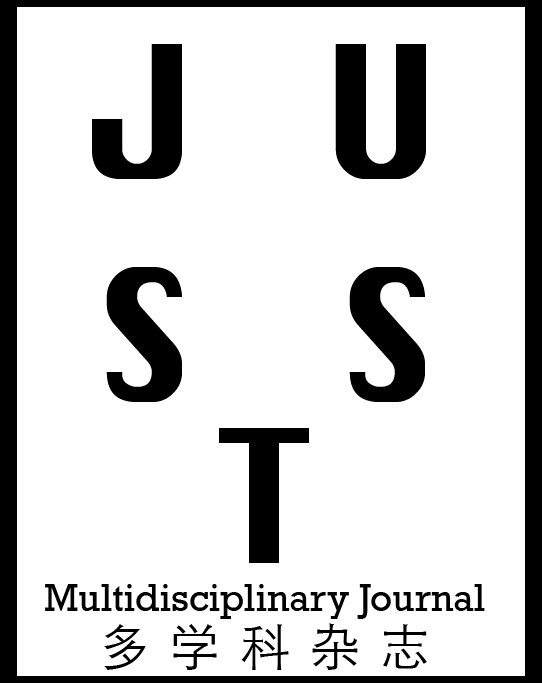V Madhusudhan, M.Tech,
Power Electronics, Department of Electrical and Electronics Engineering, JNTUH, Hyderabad, India.
D Kiran Kumar, Asst. Professor,
Electrical and Electronics Engineering, JNTUH, Hyderabad, India.
Maximum Power Extraction from an Optimal PV Array Configuration under various Partial Shading Conditions using MPPT
Authors
Abstract
Photovoltaic power generation is considered the most reliable renewable energy option because of its plentiful availability,
environmental friendliness, and minimal maintenance requirements. Partial Shading Conditions induce Mismatching Power
losses, due to the formation of hotspots which causes output power reduction from Photovoltaic (PV) arrays. On performance
curves i.e., power-voltage(P-V) and current-voltage (I-V), the partial shading also displays several maximum power points
(MPP) and non-linearity, making it challenging to track the global maximum power point (GMPP). When PV modules are
placed in an array under partial shading conditions, looking at the optimal configuration of the modules during the study enables
us to extract the maximum power possible while minimizing the number of power peaks. In this paper, performance of the triple-
tied (TT) configuration is compared with total-cross-tied (TCT) solar PV array configuration under various partial shading
conditions by considering 7*7 PV array. Four different shading scenarios are considered while evaluating performance of the
PV array configurations. The performance analysis is done using the factors such as, efficiency, open circuit voltage, short
circuit current, fill factors, voltage and currents at GMPPs and mismatching power losses. Maximum power is extracted from
the triple-tied (TT) configuration under various shading conditions for the Standalone PV applications, using the Perturb and
Observe algorithm in MPPT controller using the boost converter. The whole system is modelled and simulated in
Matlab/Simulink using KC-200GT PV Module.
